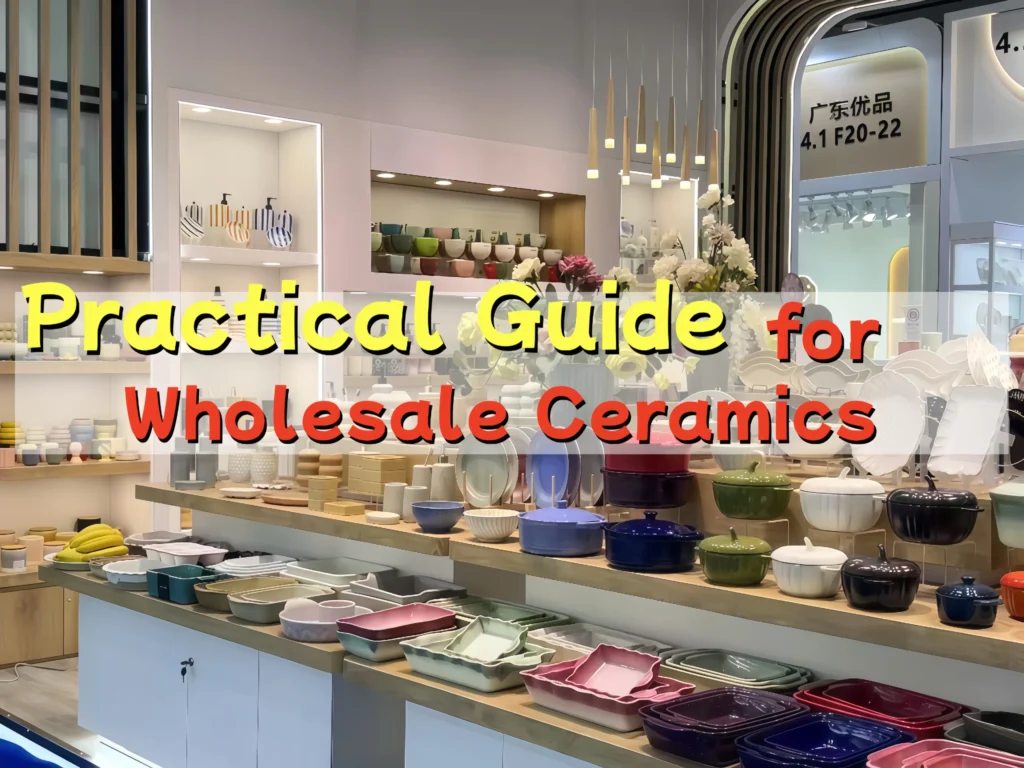As a purchaser (buyer), what is the biggest fear when buying daily-use ceramics? The money has been paid, but the goods are wrong, the delivery is late, there are quality issues, and the shipping cost exceeds the budget! This guide teaches you how to control the overall situation:
Step 1: Dig deep enough into the requirements
Don't just ask customers what they want:

Purpose and standard: Are these dishes sold to supermarkets? For hotel use? Or a gift? To which country is the export going? (US FDA standards? European food grade? )Can I put it in the microwave/dishwasher?
Accurately calculate time and quantity: When is the latest time for the customer to request it? Have you considered the sea freight time? Overbooking puts pressure on capital, underbooking misses peak season!
Internal alignment: Meet with sales and inventory managers, confirm before taking action, to avoid making changes and adding costs later on.
Step 2:Find a factory with sharp eyes
Looking at the factory's "three board axe":
- Check the details: Is there a business license, export qualification (of utmost importance!), quality certification (ISO9001, etc.)? Search online for reputation and complaint records.
- Judging strength: It is best to have a field visit (or video factory inspection). Is the workshop clean? What production equipment are there? Is warehouse management chaotic? Can the production capacity keep up with the peak season?
3. Case Study: Which countries have you worked on? Have you ever made a product similar to what you requested?
Don't put all your eggs in one basket:
there should be 2-3 main cooperative factories to prevent one from having problems and causing a complete collapse. The new factory will first conduct a small-scale trial of the water.
Step 3: Negotiating prices and looking at samples are the key points
Bargaining requires the ability to break down costs:
Let the factory report separately: product cost, sample cost, packaging cost, and transportation cost You only know where to cut and where the bottom line is.
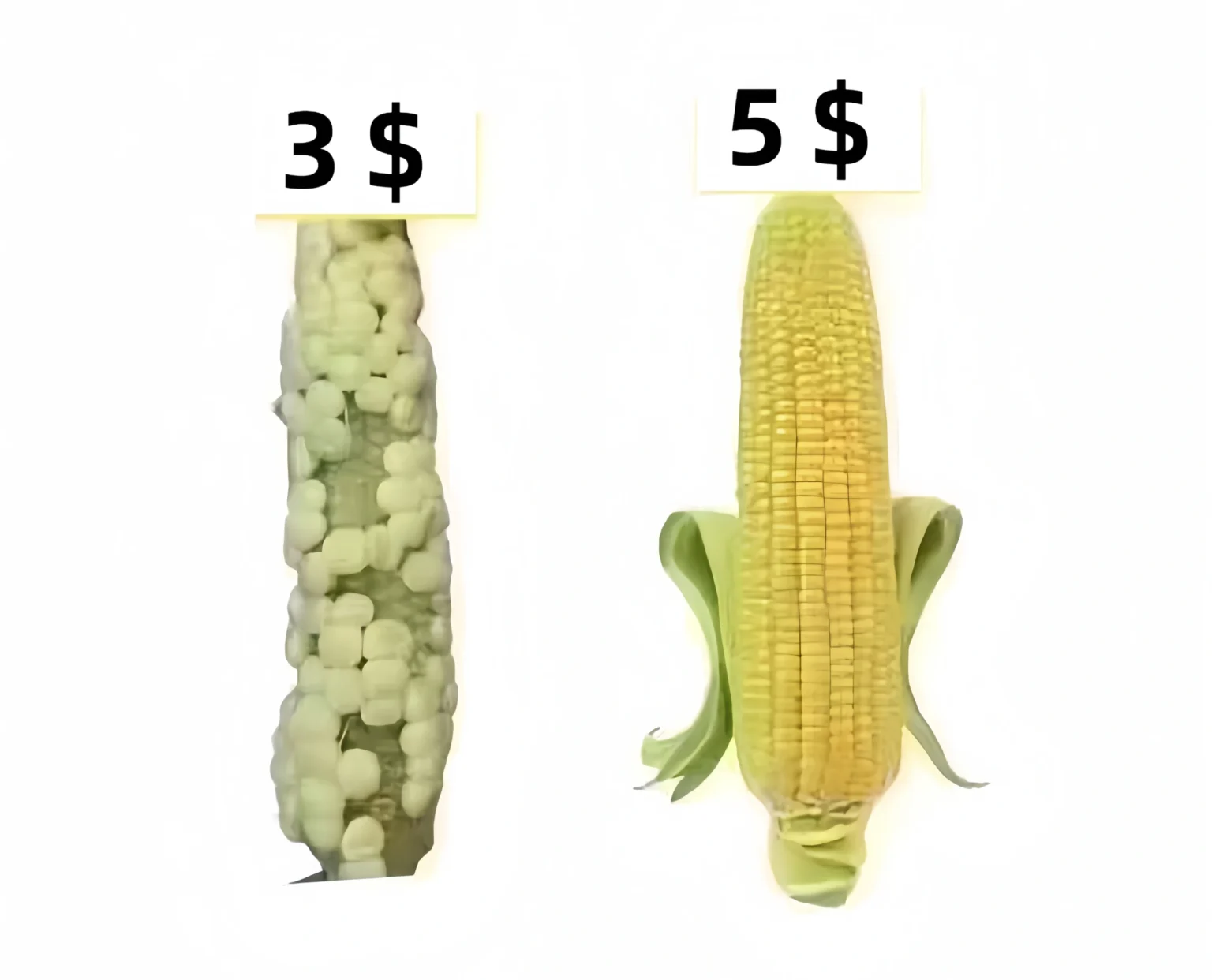
Be cautious when comparing quotes from multiple companies that are significantly lower than the market price! Maybe it’s cutting corners.
The sample is the lifeblood!

You must make a sample! Request to make samples according to the design draft or detailed requirements you provided.
The sample needs to be checked three times:
Check the appearance: Are the color, shape, thickness, and glaze finish correct? Are there any flaws? Is it as you imagined?
Check documents: The sample must be accompanied by a material safety report that meets the standards of the exporting country (such as a copy of SGS’s lead cadmium test report)!
Leave evidence: Both parties sign and seal the sample! Take photos and record all required details. This is the ‘Imperial Sword’ for future inspections!
Step 4:The contract is a talisman
Deadly adherence to key terms:
Quality terms: Inspect according to sealed samples and ceramic standards (such as GB/T 3532 or FDA standards)! How to compensate for exceeding the standard? Full refund? Bearing the shipping cost?
Delivery terms: Clearly state the latest delivery date to the factory warehouse. Late payment fines are required (such as deducting 1% of the total payment for each week of delay) to put pressure on the factory!
Packaging terms: How to package? What materials are used? How to write the label? No matter how detailed the writing is, it’s not an exaggeration! Poor packaging during transportation can result in significant damage and loss.
Payment terms: Use a letter of credit (LC) as much as possible, which is relatively safe. Or TT deposit (30%)+full payment before shipment. Don’t pay the full amount easily!
Dispute Resolution: Where to arbitrate? Which country’s laws apply? Write it clearly!

Quality terms:
Required! Find someone who understands foreign trade contracts to help you review, especially delivery terms (FOB/CIF, etc.), as there is a significant difference in responsibility allocation!
Step 5: Follow up like a thief
Stuck key time points:
When will the material arrive at the factory? (To prevent the factory from saying that there is no material and delaying the construction period)
When will the vegetarian kiln open? (See the kiln schedule photo)
When will the glaze firing be completed? (Temperature recording required)
When will the packaging be completed? (Request to take photos/videos of the packing)
Proactively ask, don't wait for reports:
regularly (such as weekly) ask the factory for progress updates and photos. If the signs are not correct (such as delayed glaze firing), immediately inquire about the reasons and remedial measures.
Step 6:
Inspection is a life and death line
Self verification or third-party verification:
For large orders and important customers, it is strongly recommended to spend money to hire a third-party inspection (such as SGS, BV). They are professional, objective, and the report has credibility.
Self inspection must strictly follow the sealing sample and contract standards! Equipped with tools such as calipers and color cards.

What are the key points of inspection?
Safety: Whether the lead cadmium leaching report is qualified (see the latest report!).
Appearance: Are there any cracks, deformations, glaze bubbles, color differences, or dirt spots? Isn’t it right to compare with the sealed sample?
Function (if applicable): Microwave/dishwasher suitability (test report may be requested).
Packaging: Is it in accordance with the contract requirements? Is it sturdy enough? Is the mark correct?
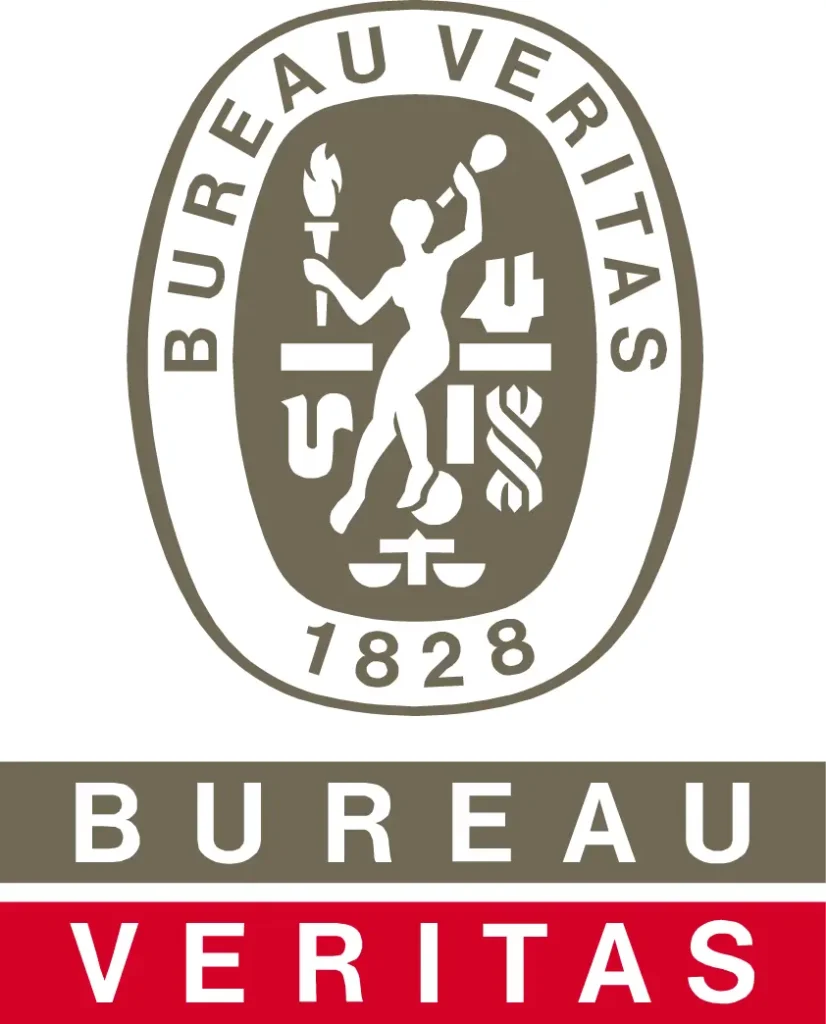
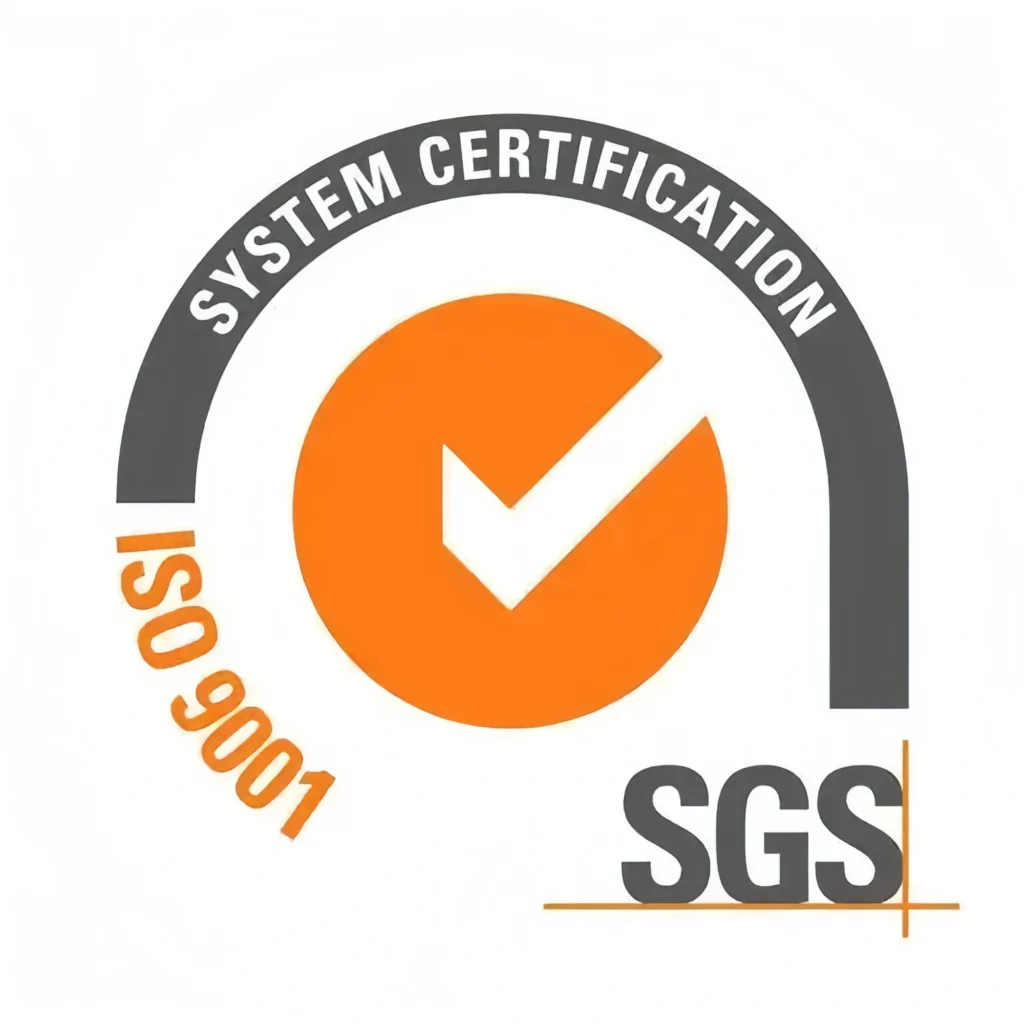
Unqualified? Resolutely hold on!
Should be reworked, should be rejected. Don’t listen to the factory’s deception that ‘it doesn’t affect use’, it’s a big problem in the hands of customers!
Step 7: Logistics should be carefully planned
Packaging is the key to saving money:
confirm the packaging plan with the factory to ensure it passes transportation testing. Good packaging can significantly reduce damage rates and claims, and actually save money!
Compare prices from three different sources and find a freight forwarder:
Ocean freight, air freight, railway? LCL or FCL? Find more reliable freight forwarders to provide quotes.
Pay attention to the total cost (ocean freight+miscellaneous fees+customs clearance fees+destination port fees), not just the ocean freight!
Ask if there is a better option (such as sea rail intermodal transportation) for special routes (such as the Middle East and South America).

Complete customs clearance documents:
urge the factory to promptly provide packing lists, invoices, certificates of origin, quality permits, etc. Prepare in advance yourself or entrust a customs broker to avoid delays.
Step 8: Pay with your wallet tightly
Pay according to the contract milestones:
usually: pay a deposit (30%) upon signing the contract ->pay a partial payment (such as 20%) upon seeing the production progress photos ->pay the final payment (50%) upon passing the inspection. If the inspection fails, the final payment cannot be made!
LC payment should be careful:
carefully check the terms of the letter of credit to ensure that all presentation documents (bills of lading, quality inspection reports, etc.) are prepared on time and of good quality, avoiding bank deductions.

TT payment to prevent exchange rate pitfalls:
If paying in US dollars, pay attention to the exchange rate and consider using bank tools to lock in the exchange rate to avoid exchange rate fluctuations eating up profits.
Finally, summarize the buyer's core mindset:
1.Evidence is king: sample sealing, contract details, communication records, inspection reports Keep evidence at every step!
2.Risk diversification: Don’t rely on a single factory, pay in stages.
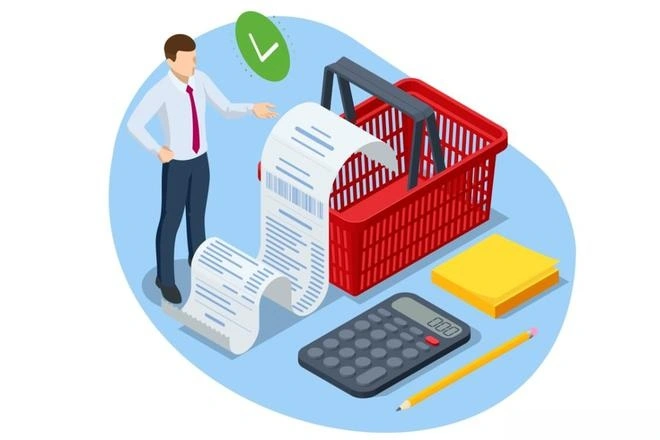
3.Seeking professionals for professional matters: Is the contract review not good? Find a lawyer. Are you unsure about inspecting the goods? Find a third party. Complex logistics? Find a good freight forwarder. Don’t save the money you should spend.
4.Communicate closely: ask proactively, follow up regularly, don’t expect the factory to be conscious.
Chaozhou Myoung Ceramics Co., Ltd. makes your procurement worry free!
We strictly produce according to export standards (FDA/LFGB) and can support testing to ensure safety. Proactively take photos to update production progress and ensure timely delivery.
Fast communication response, sample sealing according to your requirements, and ensure consistency in bulk orders.Support flexible payment (LC/TT) and cooperate with third-party inspection.
Take full responsibility for any problems that arise!Looking forward to becoming your long-term partner!

